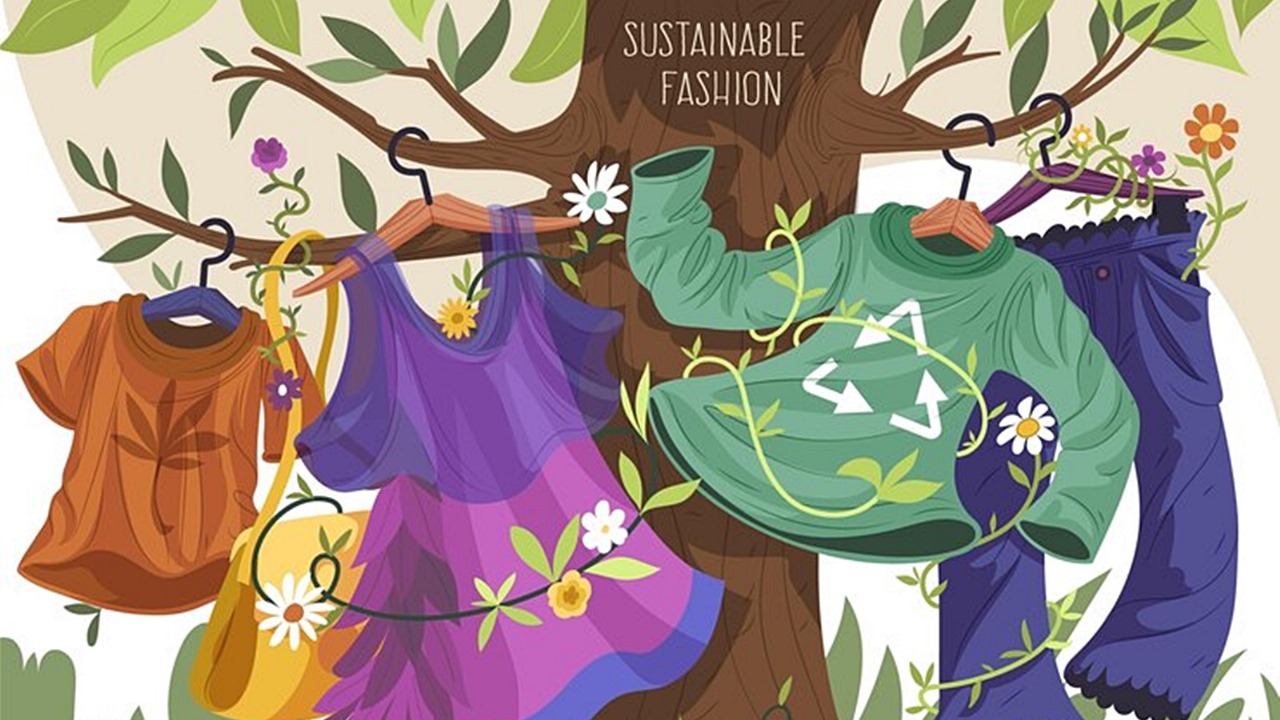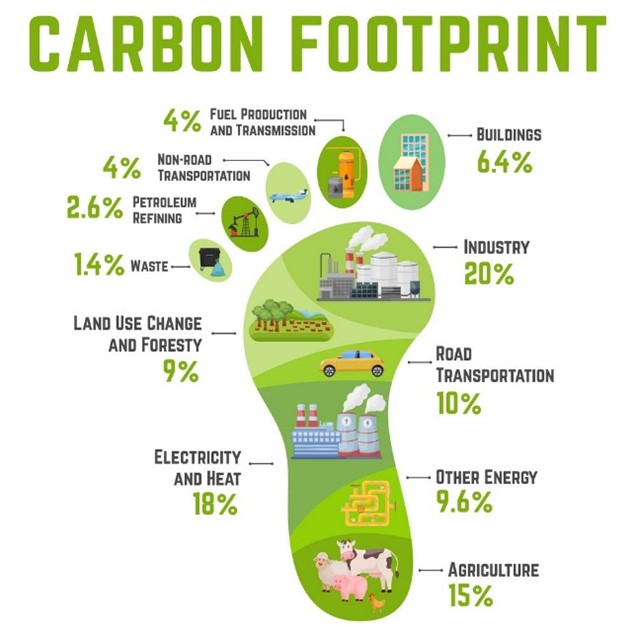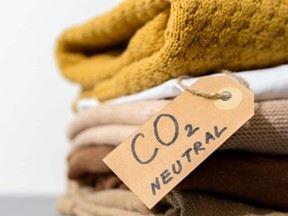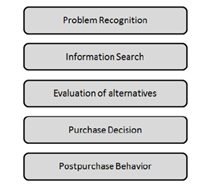- Your cart is empty
- Continue Shopping

Let’s Sustain With Fashion!
Introduction
From the era of hunting for food without caring about clothes or covering the body parts to having clothes for each occasion, for each season, for each culture, for each climate, or each small event, textiles have covered a long way and the journey of the textile was not less than a roller coaster ride. The distance was long but created so many opportunities for people to earn, explore, express, or get their confidence. Textile always played a vital role in human life and also had a great share in challenging nature in every aspect whether it is challenging the weather or going to extreme locations, with fast fashion people are less aware of the impact on the environment, with 2℃ increase in temperature after industrial revolution Glaciers are melting, the temperature is increasing, global warming, pollution, etc. are the biggest threat. the list is endless but the solution is not so many. SDGS, a term called sustainable goals was termed by the UN in 2012 whose aim is to reduce carbon footprints and save the planet Earth.
Fast fashion and nature exploitation:
The Merriam-Webster dictionary defines fast fashion as an approach to the design, creation, and marketing of clothing fashions that emphasizes making fashion trends quickly and cheaply available to consumers. It leads consumers to buy new and trendy clothes even without any need, and this happens because of the marketing done by brands to create unnecessary demands in the market and make people shop more and dump clothes more quickly. Textiles are a major contributor to environmental waste but the number has increased massively in recent years and not going any slowdown. The environmental impact of fast fashion is profound and deeply concerning. This rapidly growing textile industry contributes to approximately 20% of global wastewater and 10% of global carbon emissions, making it one of the most significant. contributors to environmental pollution. Carbon footprint is increasing day by day and creating a massive negative impact on nature.

The average carbon footprint for a person in the United States is 16 tons, one of the highest rates in the world. Unilever estimates that almost 70% of its greenhouse gas footprint depends on which products customers choose and whether they use and dispose of them sustainably—for example, by conserving water and energy while doing the laundry or recycling containers properly after use. Globally, the average carbon footprint is closer to 4 tons. So, the cycle goes this way glaciers melting in the Drass region have thinned by 1.27 metres between 2000 and 2020 which directly has an impact on carbon emissions. One particularly scary statistic suggests that every second, the equivalent of one garbage truck of textiles is landfilled or burned. Furthermore, the throwaway culture perpetuated by fast fashion results in an alarming increase in textile waste, with nearly 92 million tons discarded annually. The stats are horrifying but facts are needed to come in front to regulate things.
Sustainability- From Myth to Real Impact
Whitewashing is done on greater levels but cannot last long because of the increase in consumer awareness. Today, the market has thousands of products that are sold in the name of sustainability but deep down, they are also harming nature only. It’s not only about creating some products that are good for nature and not doing any marketing of same then it will turn out to be a myth created by brands but no actual impact will come. Brands are making fake claims and making consumers make their products more convincing and appealing to investors to earn more profit and raise more money. There are so many challenges which are faced by the makers in context with the price point, in context with fashion, or context with quality, competing in the market with such products will always be a challenge but some new start-ups and brands are making an impact with creating good products for the society. Carbon-neutral products are being manufactured. Tons of water bottles are recovered every year from the oceans and are successfully turned into yarn followed by garments. Big brands are advised to use 25% recycled polyester to make their garments.

Fashion weeks are taking place and lots of research is going on to make this term sustainable fashion successful. Lots of new fibers are introduced to leave the dependency on natural fibers. It will take time and so many campaigns to educate the consumer and shift to sustainable products. Below are steps to make consumers more aware
A) Lead with transparency
B) Think sustainability first to create value and cut costs
C) Bring circularity into your value chain
D) Transform while building risk resilience.
E) Navigate and influence the wider system-level change.
F) Get ahead of regulatory change
G) Empower your fiancé function
Consumer Behaviour and Sustainable Fashion:
This has been observed that below are the steps that tell about the consumer purchase pattern

In terms of consumer purchasing decisions for sustainable fashion products, a recent survey found that nearly seventy percent of respondents considered sustainability to be an important factor when shopping for clothes, and half were willing to pay more for a product made from sustainable or recycled materials. Three Techniques can help to shape positive habits:
1) Using prompts, 2) Taking Feedback and 3) Offering incentives.
Revisit consumer expectations with a sustainability lens, rethink your segmentation, and align your offering accordingly. We are almost conditioned by the fashion industry to keep buying and 31 buying new things every season.” For this reason, sustainable consumer behavior aims to protect both the environment and society. Despite all these factors, consumers are trying to switch to sustainable products by buying at least one product each season, and with time, the whole wardrobe will change accordingly. In one recent survey, 65% said they want to buy purpose-driven brands that advocate sustainability, yet only about 26% do so. The second-hand clothing market is also an emerging market and somehow contributes to sustainability as exploitation of nature will be less because of less demand for new or fresh products.

It is getting popular with time and helping to sustainable products in a very great way. Brands like Patagonia, and Ellen Fisher working on products that can easily be recycled again, and very soon, the market will have the best possible sustainable fashion products that will cater to all the needs of the market and can compete with fresh products. Consumers continue to become more environmentally conscious. However, given inflationary pressures, the increasing adoption of sustainable lifestyles may be more about saving money than saving the planet. This year, more consumers are adopting sustainable lifestyles by choosing goods that are more durable or that can be reused or recycled easily. The impact of social influence is to make people’s commitments to eco-friendly behavior public.
Author
~Chetanya Changia
Having a keen interest in the fashion and apparel industry, Graduated in textiles.
He has a futuristic approach and believes in creating something sustainable. He has experience in retail and sales with good knowledge of maintaining public relations. He has done projects in technical textiles and is further working to build a healthy environment
